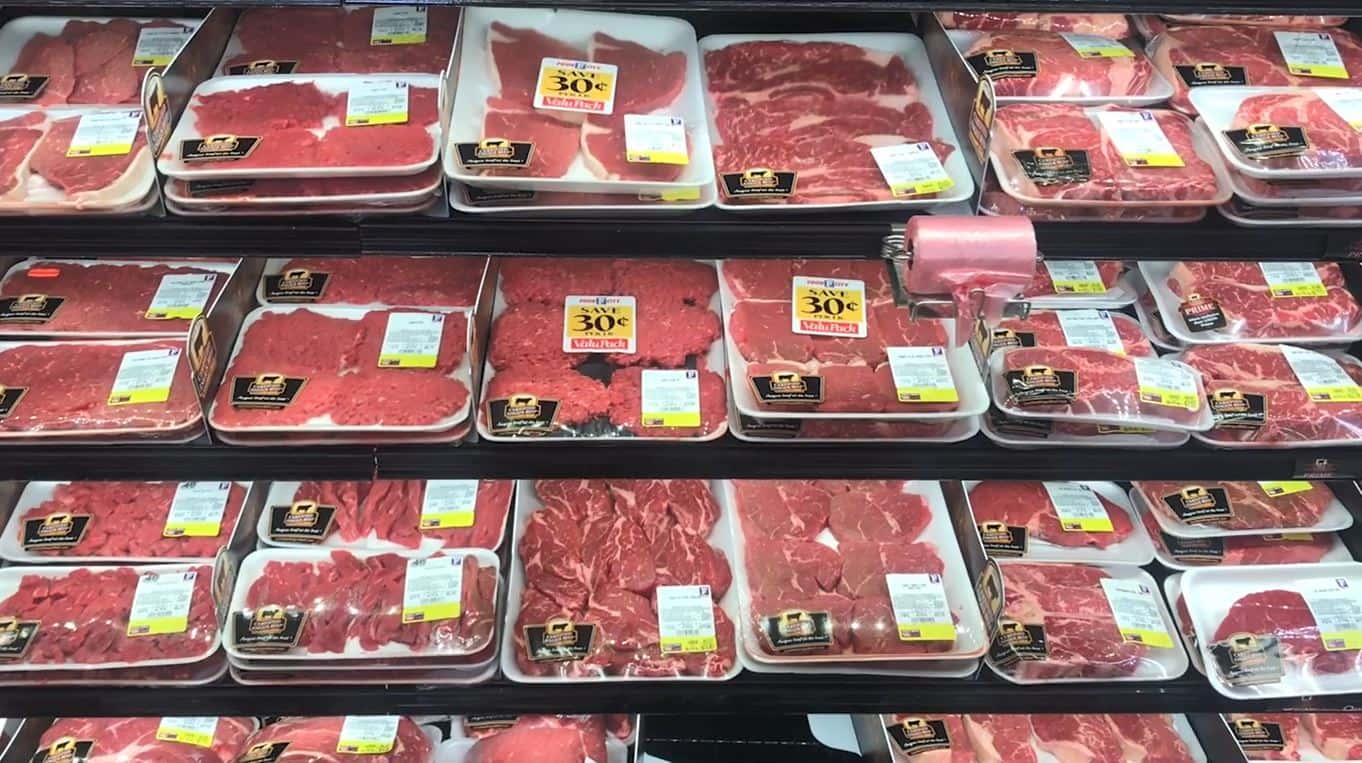By many measures, beef demand has remained remarkably strong since the pandemic started in March. The first half of the year was characterized by unparalleled disruptions in both beef supply and demand. By the end of June, cattle slaughter was mostly recovered; and has been thus far in the second half of the year. Since July, steer and heifer slaughter has averaged 0.5 percent above year ago levels. Total fed beef production from steers and heifers is up 3.7 percent year over year from July to the end of October.
Beef demand, however, continues to be challenged with restricted food service. Restaurants have recovered somewhat from the initial lockdown with more emphasis on takeout and delivery. Retail grocery demand remains robust and numerous adjustments have helped to shift some food service supply chains to support retail grocery supply chains. There are indications that retail grocery demand is being boosted again by consumers stocking up in the face of increased uncertainty.
The shift from summer beef demand to winter raises additional concerns. Food service is typically more emphasized in winter months, which may be an additional challenge. The pandemic is resurging and additional restrictions on food service are a growing risk.
The current state of beef demand is a bit tricky to assess. Choice boxed beef prices have increased sharply the past two weeks after falling from Labor Day through the end of October. However, Choice boxed beef prices the past two weeks have averaged 9.2 percent below one year ago, with the rib primal down 4.4 percent year over year, the loin primal down 10.2 percent, the chuck primal down 8.4 and the round primal down 6.6 percent year over year.
Specific wholesale cuts provide additional insight. Ribeyes are a key market this time of year with strong demand for Christmas and New Year’s holiday. So far, Ribeyes are following close to a typical seasonal increase with current Ribeye prices close to year ago levels and up over nine percent the last two weeks.
Other food service dependent beef products are less encouraging. Beef tenderloins are currently averaging 25.6 below year ago levels and down 1.5 percent in the last two weeks. Sirloin Top Butt is up 6.0 percent the last two weeks but is down 18.4 percent year over year. Other beef products heavily dependent on food service demand include brisket, down 13.9 percent from one year ago and the Petite Tender, down 20.7 percent year over year. Strip Loin, more frequently used in retail grocery, is up 7.8 percent year over year.
Most chuck and round products are down in the five to ten percent range compared to last year, with few exceptions (chuck Top Blade is up 13.0 percent and Eye of Round is up 5.7 percent year over year). However, several chuck and round products are up double-digit percentages in the past two weeks. Chucks (2-piece) are up 7.0 percent the past two weeks and up 13.7 percent year over year, which may indicate more demand for grinding for retail grocery ground beef. In contrast, 50% trimmings are down 55.7 percent and 90% trimming are down 15.8 percent year over year, although both are up the past two weeks. 50s and 90s are more commonly used for food service ground beef.
Beef demand has fared reasonably well thus far in 2020 but faces numerous challenges this winter. Loss of outdoor dining in cold weather will further aggravate restaurant challenges. Food service demand is likely to be additionally affected with worsening public health challenges.
Macroeconomic concerns will grow as consumers go forward with less unemployment support. Ample supplies of beef, pork and poultry increase market price pressure, though disruptions in supply are a threat as well. It looks to be a very challenging winter.
###
Derrell Peel – Oklahoma State Extension


